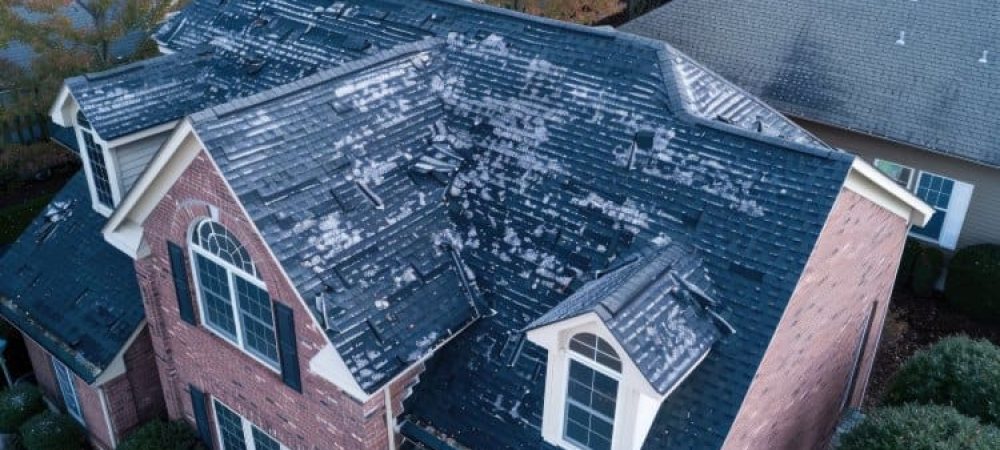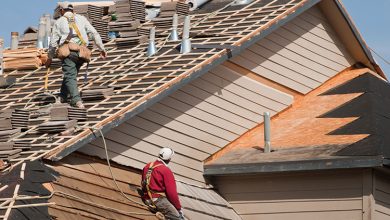After a storm with hail, many homeowners are left wondering the same thing: Did my roof get damaged? Hail can be sneaky. Sometimes it leaves big dents you can see right away. Other times, the damage is small but still dangerous. That’s why many Auburn contractors recommend checking your home carefully after a hailstorm to make sure your roof is still in good shape. Here’s what you need to know to protect your home.
What Size Hail Can Damage a Roof?
Hail doesn’t need to be huge to hurt your roof. Even pieces around 1 inch wide, about the size of a quarter, can cause trouble. Bigger hail, like 1.5 to 2 inches (think golf balls), can do serious damage, especially to older roofs or roofs with standard shingles.
The stronger your roof, the harder it is to damage. Some shingles are made to resist impact better than others, but no roof is fully hail-proof.
Signs Your Roof Has Hail Damage
You don’t need to climb on your roof to spot problems. Here are some things you can look for from the ground:
Dents or dark spots on shingles
These dents show where hail knocked away the protective granules.
Shingle granules in gutters
After hail, check your gutters and downspouts. If you see a lot of little granules, it’s a sign your shingles took a hit.
Dings in metal
Look at your roof vents, flashing, or even your AC unit. If those show dents, your shingles likely got hit too.
Damage to objects around your home
Check your mailbox, siding, garage door, window screens, or even your grill. If they have dents or cracks, your roof probably has some damage too.
Can You See All the Damage?
Not always. Some hail damage doesn’t show up right away. A roof can look fine but still be weakened. That’s why it’s smart to get a professional inspection if you suspect hail hit your area. Experts know exactly what to look for and can spot damage that isn’t easy to see.
Will Insurance Pay for Hail Damage?
Most homeowners’ insurance plans cover hail damage, but every policy is different. Here are some quick tips:
- Check your policy to see if hail is covered and what your deductible is.
- Take pictures of any damage you can see.
- Don’t wait too long to file a claim; there may be a time limit.
Some policies will pay for the full cost of a new roof, while others might only cover part of it. Knowing the details of your plan is important before making a claim.
Do You Need a Full Roof Replacement?
Not always. It depends on how bad the damage is and what kind of roof you have. If only a few shingles are damaged, a simple repair might be enough. But if the damage is all over the roof or if it’s an older roof, a full replacement may be the better option.
A roofing pro can help you figure out what’s best and guide you through the repair or replacement process.
Tips to Prevent Future Hail Damage
You can’t stop hail from falling, but you can get your roof ready:
- Use impact-resistant shingles if you’re getting a new roof.
- Keep trees trimmed to prevent branches from falling during storms.
- Check your roof regularly for signs of wear or damage.
- Clean your gutters so water can drain properly after a storm.
Final Thoughts
Hail can be scary, but with the right info, you can handle it like a pro. Know what to look for, check your home after storms, and don’t wait to take action if you spot trouble. Keeping your roof in good shape keeps your whole home safe.





